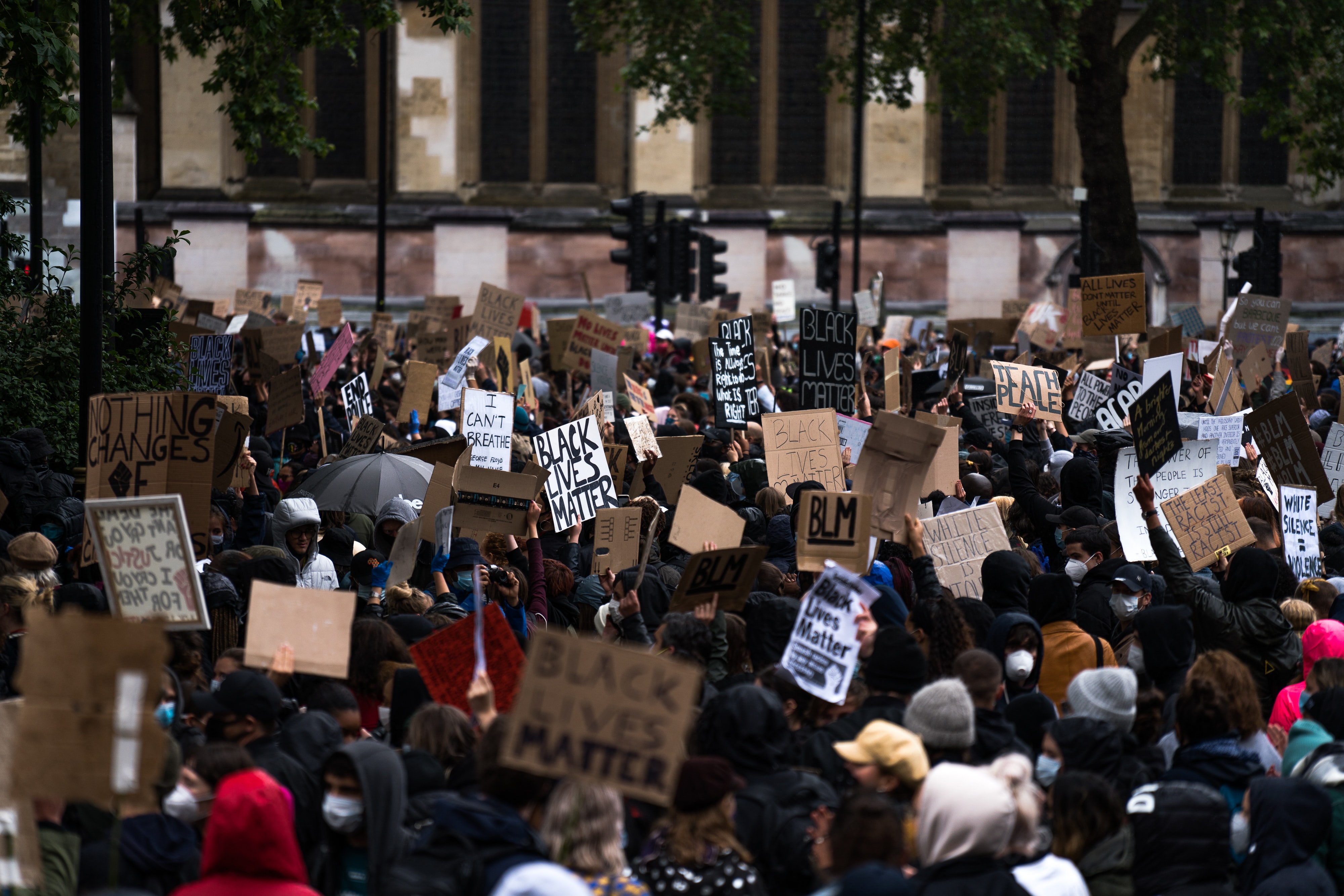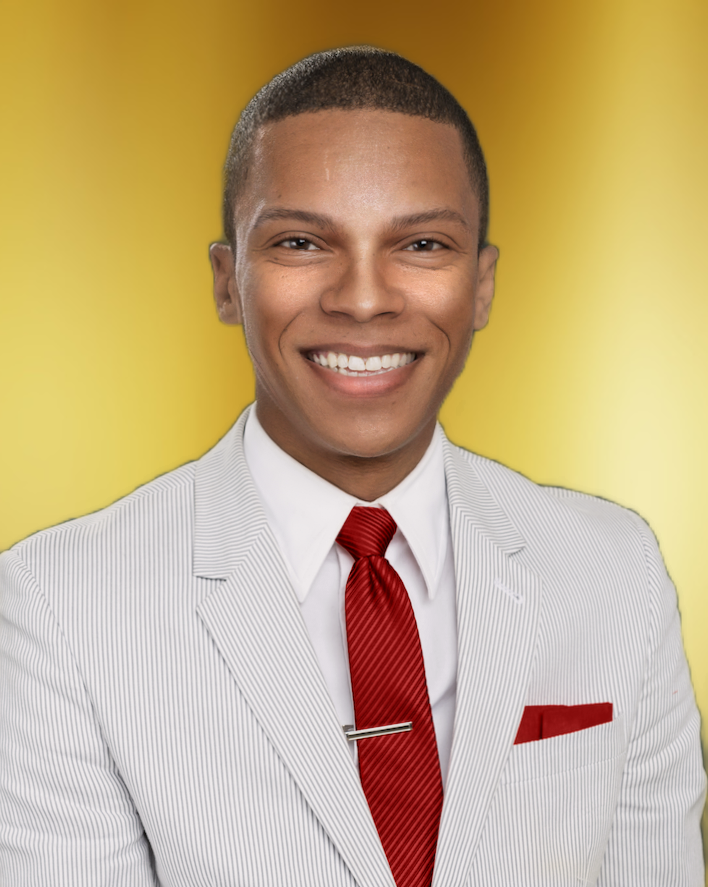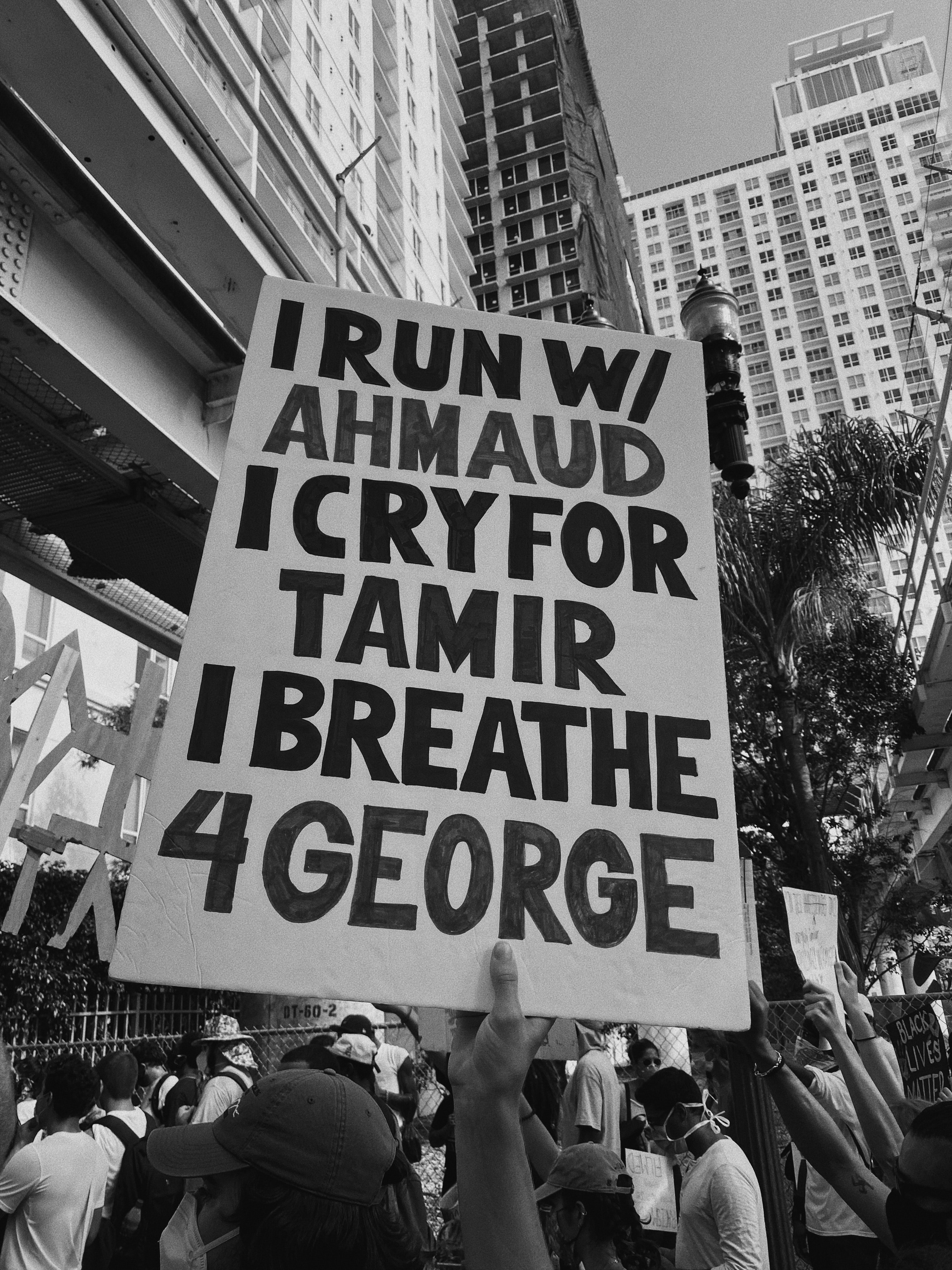On November 22, 2014, Tamir Elijah Rice, a 12-year-old Black boy was fatally shot and killed by a 26-year-old white police officer (Timothy Loehmann) while playing with a plastic, toy pellet gun in Cudell Recreation Center in Cleveland, Ohio. All of this transpired within just two seconds of Loehmann’s arrival in a speeding patrol car. In fact, video surveillance released to the public revealed that the zone car driven by Officer Frank Garmback was still moving–hadn’t even yet stopped–when Loehmann (a rookie) jumped from the car and shot Tamir in the torso from less than 10 feet away. Several minutes would pass before Tamir’s treated by another officer and FBI agent who arrived on the scene. Paramedics later transported him to MetroHealth Medical Center, where he died the following day.
Had he lived, Tamir Elijah Rice would have celebrated a milestone this past summer on June 25th, his 18th birthday. He would have voted in a historic presidential election, likely casting a “Biden/Harris” ballot since the vast majority of Cudell’s more than 9,600 residents are politically liberal [1]. This would have marked the end of his “Senior Year” in high school, most likely having attended Lake Erie International High School or Wilbur Wright School, two nearby feeder patterns of Tamir’s elementary school, Marion C. Seltzer. And though his graduation would have likely been virtual, like so many others, due to upward trends in Ohio’s COVID cases mid-June and state-mandated physical distancing, Tamir would have been the last of Samaria Rice’s four kids to earn a high school diploma.
As a social scientist whose spent most of my career studying factors that influence the success of vulnerable youth, especially Black males, it’s important for me to point this out too. Had he lived, Tamir may have also been the first in his immediate family to go off to college given his mastery of sports, passion for creative arts, and focused interest in pottery and crafts. Less than 50% of Black boys graduate high school and far fewer attend college. Had Tamir lived and gone to college, he might have majored in art, fine arts, or perhaps cultural studies–fields sorely underrepresented by African Americans [2]. Or he might have earned a full-ride athletic scholarship to one of Ohio’s major public universities or a prestigious college out-of-state. Who knows, maybe Tamir would have crossed paths with our college recruiters at a local event and joined #PantherNation at Virginia Union University. Unfortunately, we’ll never know.
Tamir’s Life Still Matters
Tamir Rice, along with so many other young Black men and women–a lot of them young boys under 18 years–like Trayvon Martin (Sanford, FL; 2/26/12), Eric Garner (Staten Island, NY; 7/17/14), John Crawford III (Dayton OH; 8/5/14), Mike Brown (Ferguson, MO; 8/9/14), Laquan McDonald (Chicago, IL; 10/20/14), Walter Scott (Charleston, SC; 4/4/15), Sandra Bland (7/13/15); Ahmaud Arbery (Brunswick, GA; 2/23/20), Breonna Taylor (Louisville, KY; 3/13/20), and George Floyd (Minneapolis, MN; 5/25/20) have become symbols of the Black Lives Matter movement. This depressing list of senseless tragedies includes many more names of Black (and Brown), indigenous, people of color (BIPOC) whose lives have been lost, taken, stolen at the hands of police violence. We must continue to “say their names” and affirm that their lives still matter.

Here, six years after his death, I interviewed several individuals to gain perspectives on what the killing of Tamir Rice revealed or exposed about Black life in America, the precarious situation of young Black males, and how we can chart a path forward, even as we make our way through a deadly global pandemic.
“As I see it, the death of Tamir Rice, a pre-teen at the hands of Cleveland
police officers indicated and still indicates several years later with the
deaths of Ahmaud Arbery, Breonna Taylor, George Floyd and others that the
lives of Black people in America do not matter to many people,” shared Dr. Elwood Watson, a college professor at East Tennessee State University. “Moreover, such incidents reveal the tragic reality that Black people are not seen as fully human, but rather, subhuman to many other Americans, particularly, White Americans,” Watson continued.
A deeply discouraging fact affirming Professor Watson’s assertions is that neither of the two Cleveland officers involved in Tamir’s fatal shooting face criminal charges. A grand jury decided in December 2015 not to indict the officers, including ex-Officer Loehmann who pulled the trigger [3]; he resigned from the Cleveland police force, facing termination amid controversy about lying on his job application. This past summer, Colin Poche, Tampa Bay Rays pitcher, led a petition signed by nearly a million people asking the Justice Department to reopen Tamir’s case by launching an investigation on the grand jury process. That petition awaits formal response.
Benjamin Dixon, host of The Benjamin Dixon Show, a podcast offering news and commentary from a progressive perspective, shared: “Tamir Rice’s death reveals to us the true frailty of Black life in America — that you could be a child, innocently playing and your fate be sealed by the split-second judgment of some random white person who picks up the phone to report ‘a scary Black guy with a gun’,” as Dixon put it.

On the 6th anniversary of Tamir Rice’s state-sponsored assassination by law enforcement, we’re reminded of the frailty of Black life in America. The precarity of BIPOC, especially the lives of Black male youth. The importance of using our voice, raising our voice, and speaking truth to power. That we must continue to speak through civil protest, policy advocacy, and voting. We speak loudly, particularly for those whose voices are weakened by the blows of racism, quieted by the silence of sexism, or stressed by the shackles of poverty. We pull together, even while physically apart, to fight for police reform. To champion de-escalation and implicit bias training for all law enforcement officers. To advocate for community policing initiatives, especially in ethnic minority-dense neighborhoods across the country. And we simply won’t allow words of whites like “a Black guy with a gun” to matter more than Black bodies. Black lives do matter.


